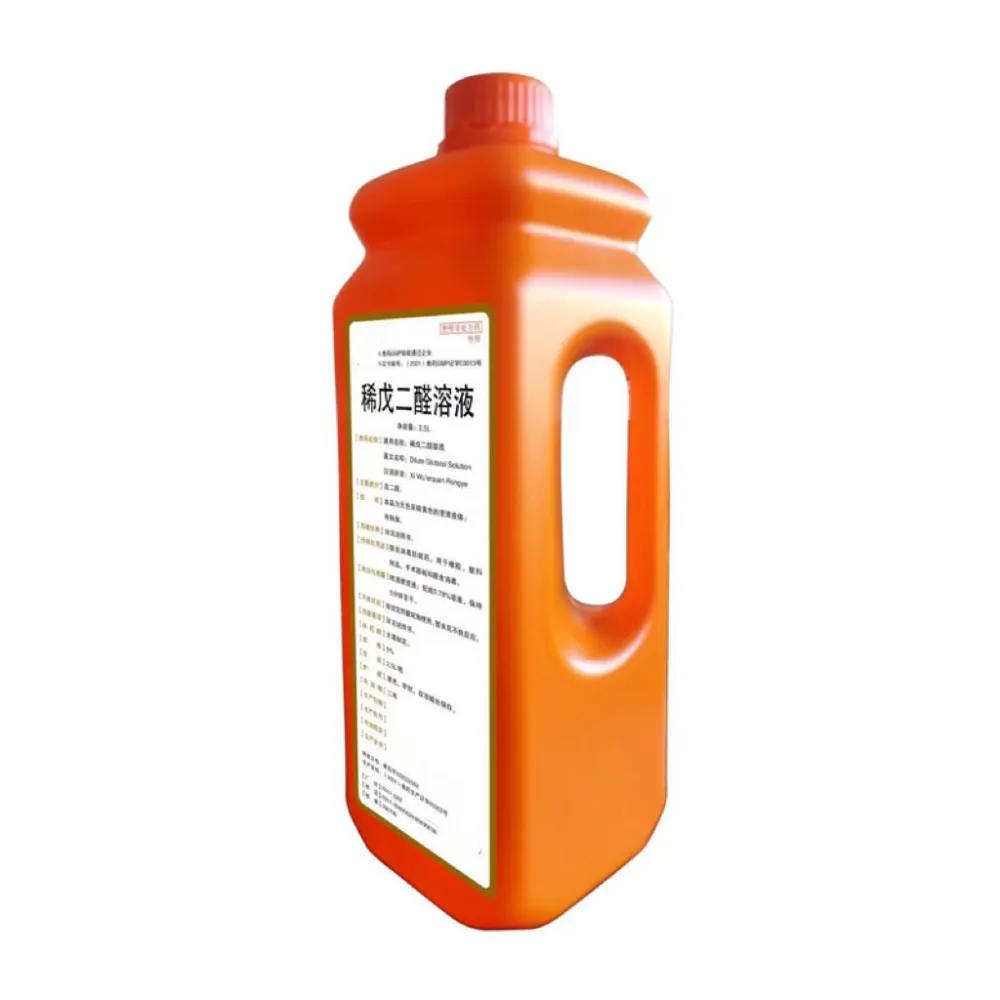- Afrikaans
- Albanian
- Amharic
- Arabic
- Armenian
- Azerbaijani
- Basque
- Belarusian
- Bengali
- Bosnian
- Bulgarian
- Catalan
- Cebuano
- Corsican
- Croatian
- Czech
- Danish
- Dutch
- English
- Esperanto
- Estonian
- Finnish
- French
- Frisian
- Galician
- Georgian
- German
- Greek
- Gujarati
- Haitian Creole
- hausa
- hawaiian
- Hebrew
- Hindi
- Miao
- Hungarian
- Icelandic
- igbo
- Indonesian
- irish
- Italian
- Japanese
- Javanese
- Kannada
- kazakh
- Khmer
- Rwandese
- Korean
- Kurdish
- Kyrgyz
- Lao
- Latin
- Latvian
- Lithuanian
- Luxembourgish
- Macedonian
- Malgashi
- Malay
- Malayalam
- Maltese
- Maori
- Marathi
- Mongolian
- Myanmar
- Nepali
- Norwegian
- Norwegian
- Occitan
- Pashto
- Persian
- Polish
- Portuguese
- Punjabi
- Romanian
- Russian
- Samoan
- Scottish Gaelic
- Serbian
- Sesotho
- Shona
- Sindhi
- Sinhala
- Slovak
- Slovenian
- Somali
- Spanish
- Sundanese
- Swahili
- Swedish
- Tagalog
- Tajik
- Tamil
- Tatar
- Telugu
- Thai
- Turkish
- Turkmen
- Ukrainian
- Urdu
- Uighur
- Uzbek
- Vietnamese
- Welsh
- Bantu
- Yiddish
- Yoruba
- Zulu
8 月 . 13, 2024 12:28 Back to list
Understanding the Uses and Benefits of Oxytetracycline 200 mg/ml in Medical Treatments
Understanding Oxytetracycline The 200 mg/ml Solution
Oxytetracycline is a broad-spectrum antibiotic that belongs to the tetracycline class of antibiotics. It was first discovered in the 1940s and has been a crucial part of the medical arsenal in combating bacterial infections. The 200 mg/ml formulation of oxytetracycline is significant in both human and veterinary medicine, providing an effective means of treating various bacterial diseases.
Mechanism of Action
Oxytetracycline works by inhibiting bacterial protein synthesis. It binds to the 30S ribosomal subunit, which prevents the attachment of aminoacyl-tRNA to the ribosome, thus blocking the incorporation of amino acids into peptides. This disruption in protein synthesis ultimately leads to the inhibition of bacterial growth and reproduction. Due to this mechanism, oxytetracycline demonstrates efficacy against a wide range of gram-positive and gram-negative bacteria, making it a versatile antibiotic.
Applications in Medicine
The formulation of oxytetracycline at 200 mg/ml is commonly used for treating various infections. In humans, it is often prescribed for respiratory tract infections, urinary tract infections, and infections caused by specific pathogens such as Rickettsia, Chlamydia, and Mycoplasma. Its effectiveness extends to specific conditions like acne and certain forms of bacterial gastroenteritis.
In veterinary medicine, oxytetracycline is widely used in livestock to prevent and treat infections. It is particularly valued for its role in treating respiratory diseases in cattle and other farm animals, enhancing growth performance, and preventing disease outbreaks in herds. The compound can be administered via injection, orally, or through feed, making it a convenient choice for farmers and veterinarians.
Dosage and Administration
oxytetracycline 200 mg ml

For humans, the dosage of oxytetracycline can vary based on the type of infection being treated and the patient's specific circumstances. A common regimen may start with a higher initial dose followed by a maintenance dosage. It is crucial to follow healthcare provider recommendations to ensure both efficacy and safety.
In veterinary use, dosing also depends on the animal's weight, the severity of the infection, and the veterinarian's recommendation. Proper adherence to dosing schedules is vital to prevent the development of antibiotic resistance, a growing concern in both human and veterinary medicine.
Side Effects and Precautions
While oxytetracycline is generally safe when used as directed, it can have side effects. Common side effects include gastrointestinal disturbances such as nausea, vomiting, and diarrhea. More serious side effects can occur, such as allergic reactions, liver toxicity, and effects on bone growth in young children, which is why use in pediatric medicine needs careful consideration.
Moreover, it is essential for patients to avoid sun exposure while taking oxytetracycline, as the drug can increase photosensitivity, leading to a higher risk of sunburn. Pregnant or breastfeeding women should also consult healthcare professionals before using this antibiotic due to potential risks to the fetus or infant.
Conclusion
Oxytetracycline at a concentration of 200 mg/ml is a significant antibiotic in modern medicine, playing a vital role in treating a wide array of bacterial infections in both humans and animals. Its broad-spectrum activity, combined with a well-established mechanism of action, highlights its importance. However, responsible usage, awareness of potential side effects, and adherence to prescribed dosages are crucial in maximizing its therapeutic benefits while minimizing the risk of side effects and antibiotic resistance. As with any antibiotic, oxytetracycline should be administered thoughtfully under the guidance of qualified healthcare professionals to ensure the best outcomes for patients.
-
The Power of Radix Isatidis Extract for Your Health and Wellness
NewsOct.29,2024
-
Neomycin Sulfate Soluble Powder: A Versatile Solution for Pet Health
NewsOct.29,2024
-
Lincomycin Hydrochloride Soluble Powder – The Essential Solution
NewsOct.29,2024
-
Garamycin Gentamicin Sulfate for Effective Infection Control
NewsOct.29,2024
-
Doxycycline Hyclate Soluble Powder: Your Antibiotic Needs
NewsOct.29,2024
-
Tilmicosin Premix: The Ultimate Solution for Poultry Health
NewsOct.29,2024













